Description
Familiarity with Treatment
Nasal fracture repair with rhinoplasty is a surgical procedure that combines the correction of a nasal fracture with the aesthetic and/or functional enhancement of the nose. Rhinoplasty, commonly known as a “nose job,” involves reshaping the bone, cartilage, and skin of the nose to achieve the desired aesthetic or functional outcome. It can address both the structural issues resulting from a fracture and the patient’s cosmetic concerns.
If the nasal fracture has resulted in a visible deformity, then a rhinoplasty may be required. This involves reshaping the nose to restore its normal appearance.
Procedure
The procedure for nasal fracture repair with rhinoplasty involves the following steps:
- Assessment and Planning: The surgeon evaluates the patient’s nasal structure, facial features, and desired changes to develop a personalized surgical plan.
- Incision: Depending on the specific goals of the procedure, the surgeon may make incisions inside the nose (closed rhinoplasty) or across the columella (open rhinoplasty) to access the nasal structures.
- Reshaping and Reconstruction: The surgeon may reshape the bone and cartilage of the nose, adjust the nasal tip, and modify the nasal skin to achieve the desired aesthetic and functional improvements.
- Wound Closure: The incisions are closed using dissolvable sutures or other closure techniques, and a nasal splint may be applied to support the healing process.
Who is it Suitable For?
Nasal fracture repair with rhinoplasty is suitable for individuals who desire both aesthetic enhancement and functional improvement of the nose. It can address nasal deformities resulting from a fracture while also providing the opportunity to achieve desired cosmetic changes.
Who is it Not Suitable For?
Rhinoplasty may not be suitable for individuals with unrealistic expectations, certain medical conditions that increase surgical risks, or those who are unable to undergo the necessary postoperative care. Additionally, thorough preoperative assessment is essential to determine the suitability of the procedure for each individual.
Advantages
- Aesthetic Improvement: Rhinoplasty can enhance the appearance of the nose, addressing nasal deformities resulting from a fracture and achieving the desired aesthetic outcome.
- Functional Correction: In addition to aesthetic changes, rhinoplasty can also improve breathing and correct structural issues that interfere with nasal function.
- Personalized Results: The procedure is tailored to the individual’s specific goals, facial features, and nasal structure, allowing for personalized and natural-looking results.
Complications
Complications of rhinoplasty may include infection, bleeding, poor wound healing, persistent or recurrent nasal obstruction, septal perforation, changes in skin sensation, and the need for revision surgery. Thorough preoperative analysis and surgical planning are essential for preventing complications.
Preoperative Care
Preoperative care for nasal fracture repair with rhinoplasty involves a comprehensive evaluation by a healthcare provider to assess the patient’s nasal structure, facial features, medical history, and expectations. This evaluation helps determine the most appropriate surgical approach and plan.
Postoperative Care
Following nasal fracture repair with rhinoplasty, individuals should adhere to postoperative instructions provided by their healthcare provider. This may include guidelines for wound care, pain management, activity restrictions, and nasal hygiene. Regular follow-up appointments are typically scheduled to monitor the healing progress and address any concerns.
Nasal fracture repair with rhinoplasty is a comprehensive surgical procedure that addresses both aesthetic and functional aspects of the nose.
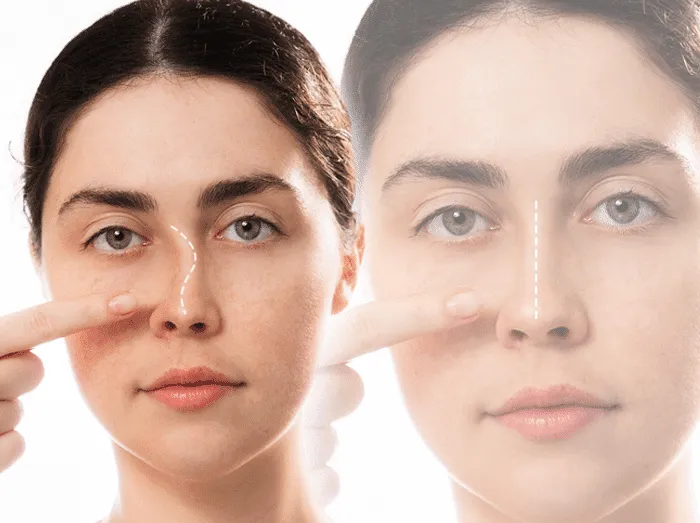
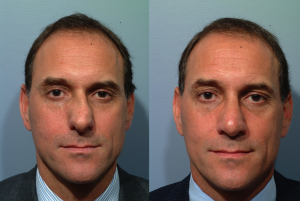
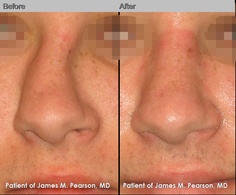

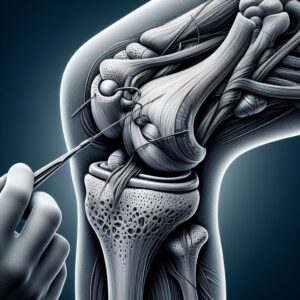

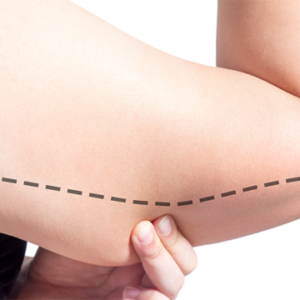
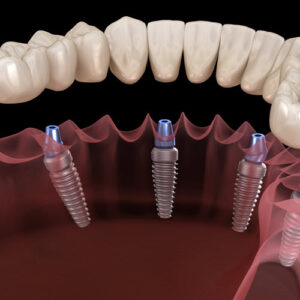
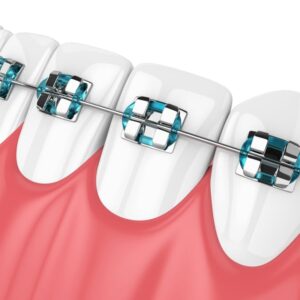
Reviews
There are no reviews yet.